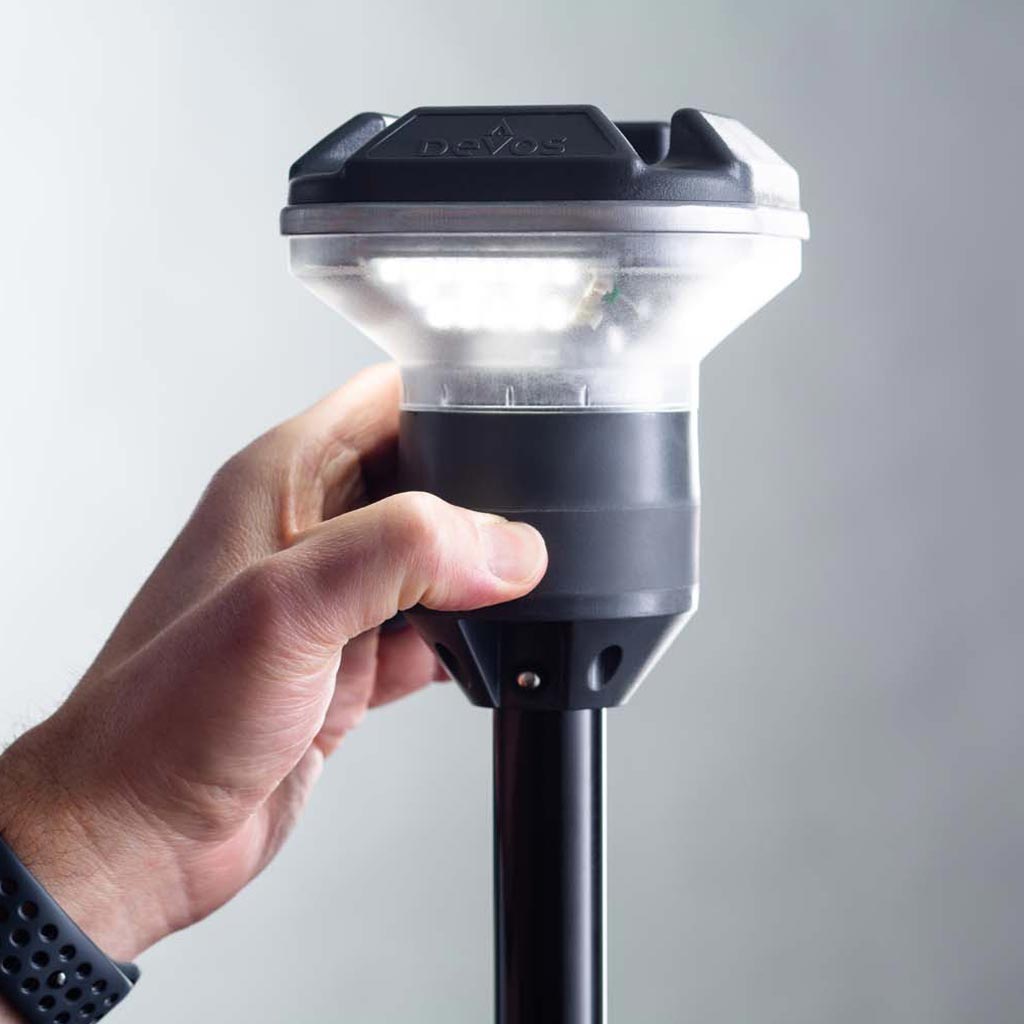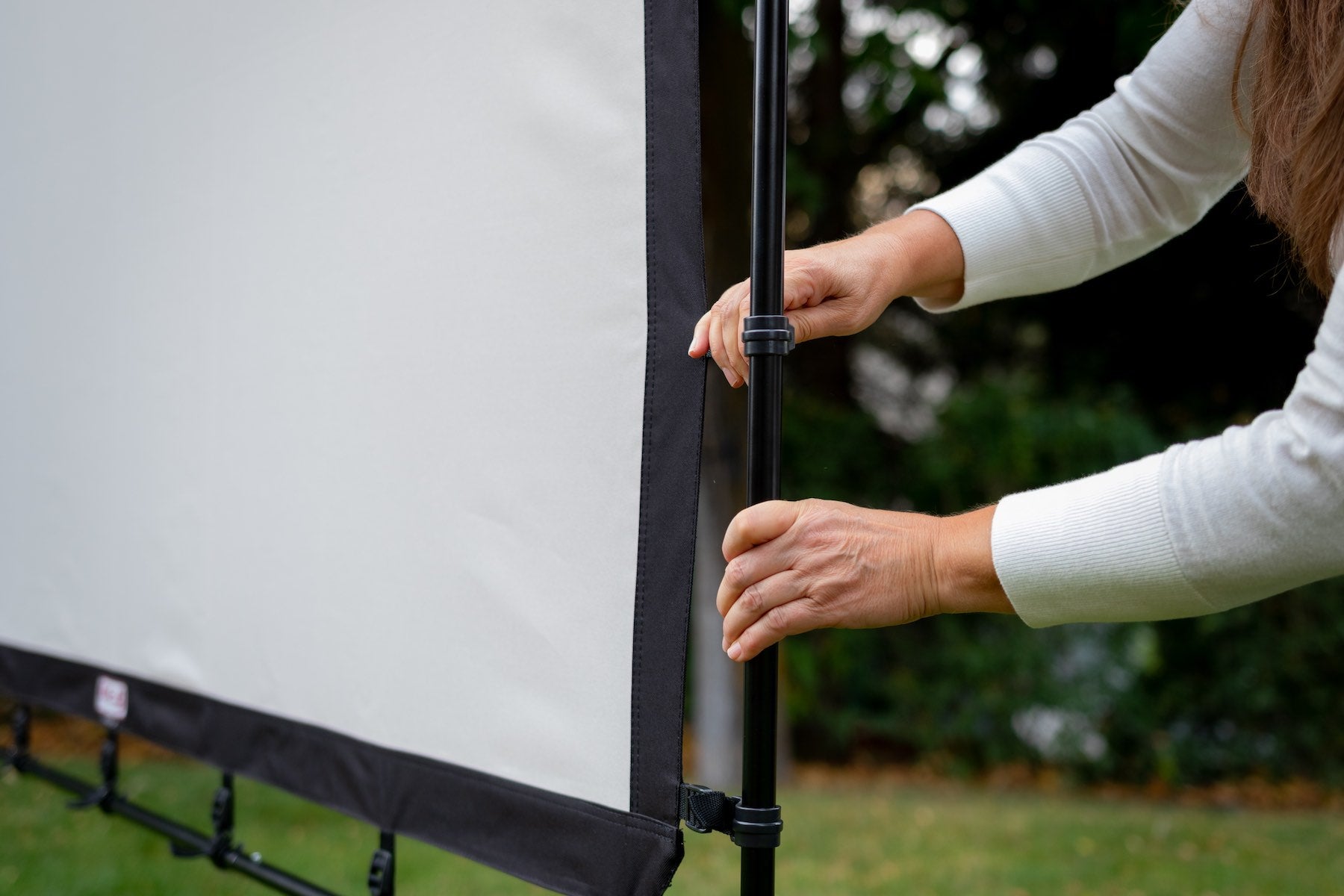Article: A brief guide to lumens, battery consumption and key features on an LED lantern

A brief guide to lumens, battery consumption and key features on an LED lantern
Lumens
A lantern needs to be bright enough to light up an area, but not so striking that it will temporarily blind you if you accidentally look directly at it. Most lanterns have a lumen output somewhere between 200 and 500 lumens. This is generally enough to light up a small camping space. For sports activities or where faster motion is required you'll need 1000 lumens or more and possibly multiple lanterns of 1000 plus lumens depending on the activity. If you’re looking for a more pleasant glow, 60 to 100 lumens will work. For a contained area like inside of a tent, lights under 60 lumens are generally sufficient.Battery Life
If you’re going with an electric lantern, battery life is a consideration, especially if you’re going to be in the woods for a few days or more. Many lanterns will give you five to ten hours on high, with longer times in the lower settings. It pays to carry extra batteries on your trip if your lantern uses disposable batteries. If you have a rechargeable battery, bring along a portable battery or solar charger to top off your lanterns between uses.Extra Features
Many lanterns offer additional features, such as the ability to charge your electric devices and doubling as a flashlight. These are nice perks, but the most important features that we’ve found are ones that enhance the lantern’s main function. Look for lanterns that are made with durable materials, water and dust-proof, ones with multiple dimming settings, and ability to charge with solar panels.Brightness
Perhaps unsurprisingly, brightness is probably the most important factor in purchasing a lantern, regardless of a model's intended use. We use lights in a wide range of settings on our adventures the key is how widely they illuminate an area. Take into account that some models are just meant to be used in different sized spaces. You may want to also assess light quality. Though LED lights tend to give off a harsher, less natural (than sunlight) white or blue light, technology continues to improve.
Another consideration is how well the user can control the brightness of the light. We are big fans of continuous dimming features, which allows the user to adjust the light intensity based on the group size and setting.
Elevation
Elevating you lanterns height is another key consideration to effectively lighting up an area. Lanterns that can be elevated better illuminate an area, keep annoying insects away from you while you eat or play games and can greatly enhance the outdoor experience.


Leave a comment
This site is protected by hCaptcha and the hCaptcha Privacy Policy and Terms of Service apply.